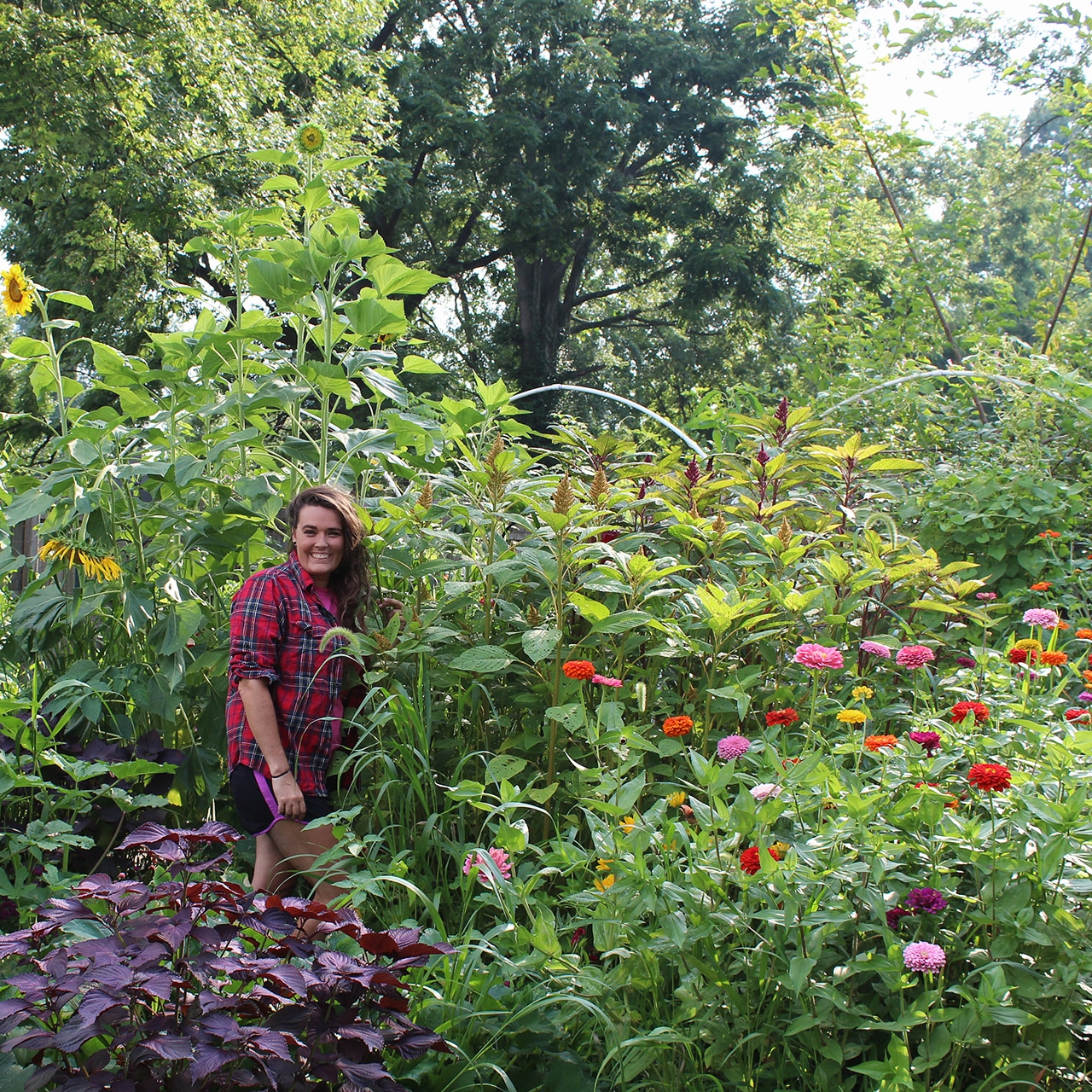Swan River Daisy Growing – Learn About Swan River Daisy Care


While the are many reasons a home gardener may choose to plant flowers or establish new flower borders and landscapes, in terms of choices, the options are truly limitless. Whether looking to add dramatic height and color or hoping to encourage the presence of pollinators, the addition of flowering plants can transform plain front or backyards into a visually stimulating garden oasis. One flower, the Swan River daisy (Brachyscome iberidifolia), rewards its growers with a profusion of small, delicate blooms and a lovely subtle fragrance.
What are Swan River Daisies?
Swan river daisy flowers are an annual flower native to certain parts of Australia. Reaching heights of just over 1.5 feet (46 cm.), Swan River daisy flowers range in color from white to blue-violet. In addition to its beauty, this fast-growing flower is beloved by many for its sweet scent and its ability to attract pollinators, such as hummingbirds and butterflies, into the landscape. Though Swan River daisy blooms are relatively small, usually growing no larger than 1 inch (2.5 cm.), the large flower clusters make for a noticeable and beautiful display in landscape flower borders.
How to Grow Swan River Daisies
When it comes to Swan River daisy, growing the flower is quite simple. Foremost, gardeners will need to ensure proper growing conditions for the plants to thrive. Though adaptable, this plant may have difficulty growing where summer temperatures are hot with high humidity. Cool summer climates are ideal for the cultivation of this plant. Swan River daisy flowers can be direct sown into the garden after all chance of frost has passed, but many growers choose to first start the plants indoors about six to eight weeks before the last frost date. Those unable to do so may also have success through use of the winter sowing method. Beyond planting, Swan River daisy care is relatively simple. When transplanting into the garden, make certain to situate plants in a well-draining location that receives direct sunlight. Once established, plants should bloom throughout the summer, gradually producing less flowers into the fall. Trimming plants to remove spent blooms in late summer will help to encourage further bloom time into fall.
Gardening tips, videos, info and more delivered right to your inbox!
Sign up for the Gardening Know How newsletter today and receive a free copy of our e-book "How to Grow Delicious Tomatoes".

Tonya Barnett has been gardening for 13 years. Flowers are her passion. She has transformed her backyard into a cut flower garden, which she regularly chronicles on her YouTube channel http://www.youtube.com/@tonyawiththeflowers.
-
 Grow ‘Karl Rosenfield’ Peony Plants For The Ultimate Frilly Border Beauties And Cut Flowers
Grow ‘Karl Rosenfield’ Peony Plants For The Ultimate Frilly Border Beauties And Cut FlowersFor frilly double magenta peony petals infused with a heady fragrance, grow ‘Karl Rosenfield’ peony plants. Here’s how to cultivate the ultimate plushy blooms
By Tonya Barnett
-
 10 Common Composting Problems That Can Spoil Your Garden Gold – Plus Easy Fixes
10 Common Composting Problems That Can Spoil Your Garden Gold – Plus Easy FixesLearn how to troubleshoot common composting issues before they ruin your stash – from bad smells and bugs to materials not breaking down as they should.
By Susan Albert